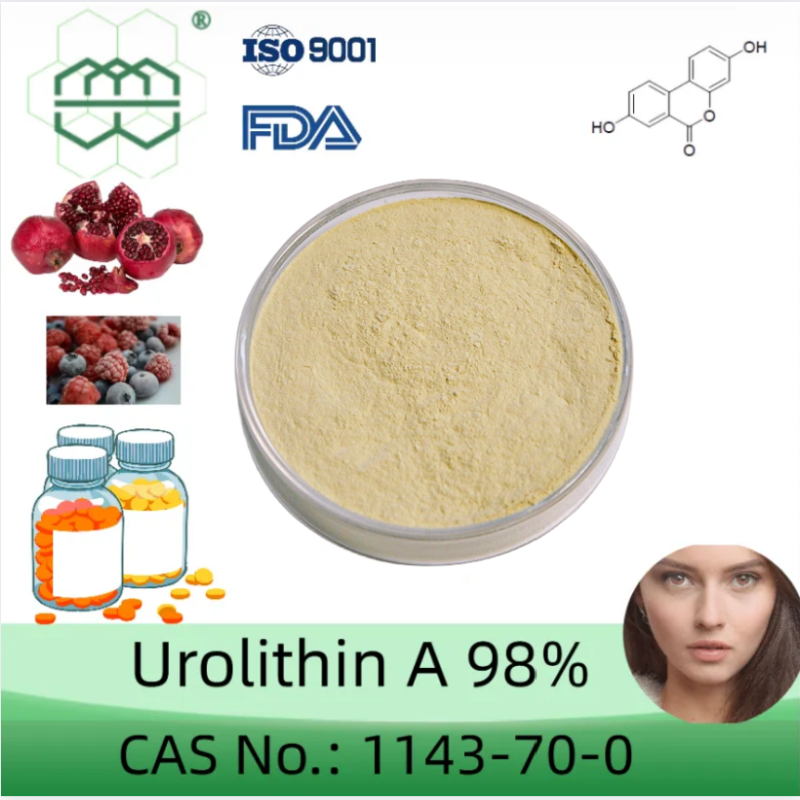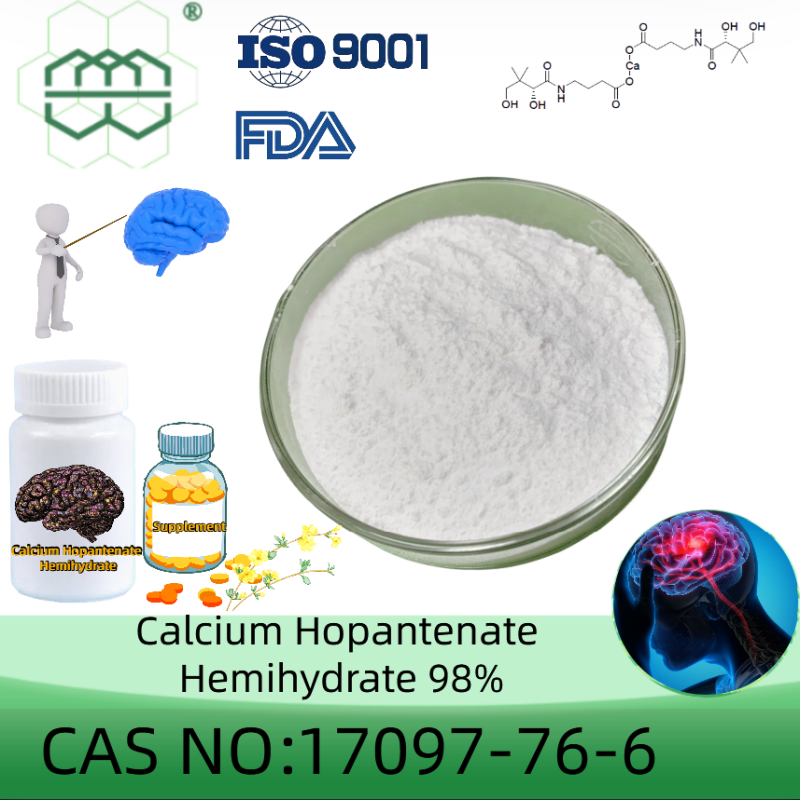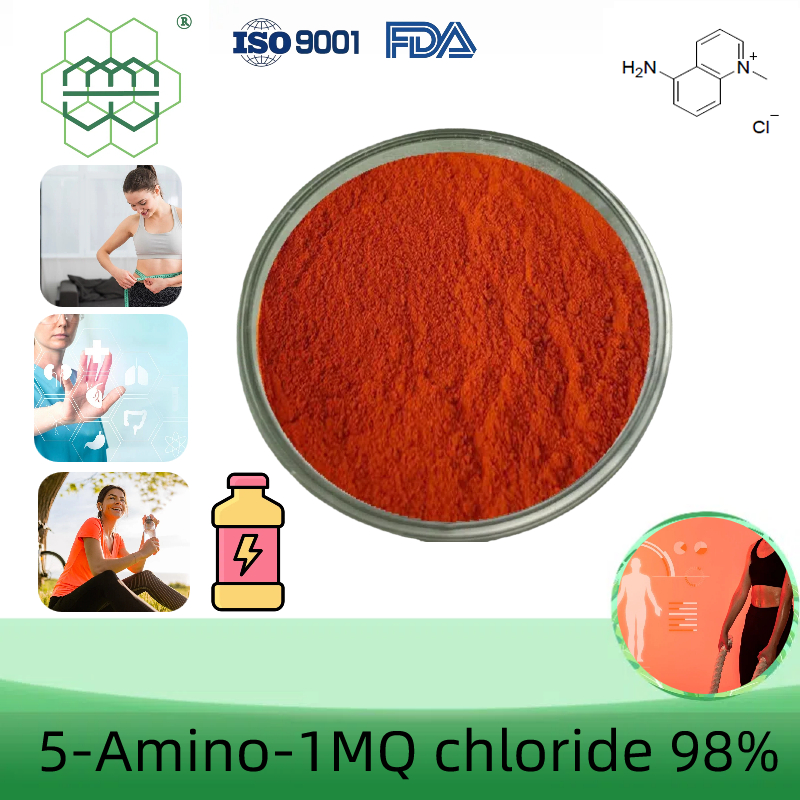-
Categories
-
Pharmaceutical Intermediates
-
Active Pharmaceutical Ingredients
-
Food Additives
- Industrial Coatings
- Agrochemicals
- Dyes and Pigments
- Surfactant
- Flavors and Fragrances
- Chemical Reagents
- Catalyst and Auxiliary
- Natural Products
- Inorganic Chemistry
-
Organic Chemistry
-
Biochemical Engineering
- Analytical Chemistry
-
Cosmetic Ingredient
- Water Treatment Chemical
-
Pharmaceutical Intermediates
Promotion
ECHEMI Mall
Wholesale
Weekly Price
Exhibition
News
-
Trade Service
Wang Ling, former director of the Food Production Division of Shandong Provincial Market Supervision Bureau
Prepared dishes are a collective term for many types of foods that are pre-processed for subsequent consumption, and are not a new food category
.
For prepared dishes of different food categories, the implementation of
safety control is standardized.
The production of prepared dishes must be subject to compliance with qualifications, processing processes, and product labeling
.
Food safety and compliance control
of prepared dishes.
The prepared food industry is growing rapidly, and its food safety and compliance issues are increasingly being closely watched by the public
.
For this reason, some people think that the current prepared dish industry standards are missing, and it is urgent to formulate prepared dish industry standards or even national food safety standards to standardize, then, whether the current food safety standard system covers prepared dishes related products, how producers obtain license qualifications, and how regulatory authorities implement compliance supervision, these issues are worth studying and exploring
.
First, let's sort out the definition and classification
of prepared dishes.
Define classifications
.
Prepared dishes are the product of fast consumption in the food industry, which can reduce the complicated pretreatment process of raw and auxiliary material procurement, cleaning, slitting, and modulation for consumers, and consumers only need to enjoy exquisite food
through simple heating and other cooking operations.
At present, the prepared dishes on the market can be divided into ready-to-eat pre-made dishes, instant hot pre-made dishes, ready-to-cook pre-made dishes, and ready-to-serve pre-made dishes
according to the way of consumption.
From the perspective of raw materials, processing technology and other characteristics of prepared vegetable products, prepared dishes include some of the current food categories, for example, ready-to-eat: common products include canned food, ready-to-eat marinade, etc.
, and its food categories can be classified as canned food, cooked meat products, etc.
; Ready-to-cook category: common products include quick-frozen steak, Orleans grilled wings, etc.
, and its food category can be classified as quick-frozen prepared food (raw products); Instant heat: common products include braised pork, curry rice, etc.
, and their food categories can be classified as quick-frozen prepared foods (cooked products) and quick-frozen noodle rice products; That is, the matching category: common products include vegetables, meat, etc.
sliced (diced, chunks) after preliminary treatment, and their food categories can be classified as edible agricultural products
.
Therefore, "prepared dishes" is an emerging term, a collective term for many types of foods that are pre-processed for subsequent consumption, not a new food category
as it is called.
Producers can classify prepared dishes into the relevant food categories of the current national food safety standards or product standards according to the raw materials, processing technology, physical properties, eating methods, etc.
used in the prepared dishes, and implement food safety control
.
Execution standards
.
Food safety standards are standards enforced by food producers and traders, and are the basis for
determining whether food is safe.
China's food safety standards control various harmful factors in food that affect public health, such as pathogenic microorganisms, agricultural and veterinary drug residues, biotoxins, heavy metals and other pollutants and the use of food additives
.
Prepared vegetable products should meet the requirements of general food safety standards or product standards
according to the specific food category to which they belong.
For example, a quick-frozen ready-to-eat curry rice whose food category belongs to quick-frozen noodle rice should meet the requirements
of the National Food Safety Standard Quick-frozen Flour Rice and Prepared Food (GB 19295-2021).
The pollutant limit shall comply with the provisions
of GB 2762 on "rice products with filling (material) flour".
The limit of pathogenic bacteria should comply with the provisions
of "rice products with filling (material) flour" in GB 29921.
The limit of mycotoxins shall comply with the corresponding provisions
of "other grain products [such as rice products with filling (material), canned porridge, etc.
]" in GB 2761.
After checking GB 2761, this food category has no mycotoxin limit requirements, so quick-frozen ready-to-eat curry rice has no mycotoxin limit requirements
.
The use of food additives should meet the limit requirements
of "06.
08 frozen rice and noodle products" in GB 2760.
The use of food nutritional fortifiers should meet the limit requirements
of "06.
08 frozen rice and flour products" in GB 14880.
Therefore, the implementation of safety control for prepared dishes of different food categories is standardized
.
In order to achieve the healthy development of the prepared vegetable industry and meet consumers' demand for higher quality and quality of prepared vegetables, producers and operators of prepared vegetables are encouraged to formulate enterprise standards that are stricter than national food safety standards, strictly abide by the bottom line of safety, and improve the high quality line
.
Compliance management
.
The healthy development of the prepared vegetable industry is inseparable from the compliance management of the production and operation process in addition to the compliance of products in accordance with food safety standards
.
First, qualification compliance
.
According to the Food Safety Law of the People's Republic of China, those engaged in food production, food sales and catering services shall obtain permission
in accordance with law.
If the prefabricated vegetable products produced by the enterprise are pre-packaged food, are consumer-oriented, and have the attributes of commodity circulation, they shall obtain the qualification
of production license.
According to the raw materials and process characteristics of prepared dishes, they belong to the food category
in the "Food Production License Classification Catalog".
If the enterprise completes the processing and production of finished or semi-finished products in the form of a central kitchen, and distributes them to the chain stores for further processing and production and provides them to consumers, and the food supplied to consumers meets the characteristics of catering food (instant processing, immediate consumption, no commodity circulation attributes), it shall obtain the food business license qualification
.
For catering enterprises that have obtained a food business license to simultaneously produce prepared vegetable products that are oriented to consumers and have commodity circulation attributes, they shall also obtain a production license
.
In the "Reply to the Issue of Online Sales of Bulk Cooked Food Packaged in Vacuum-Packaging" (CFDA Food Supervision No.
2 [2017] No.
492), the General Office of the former State Food and Drug Administration defined the characteristics of catering food, clarified the differences between the business license and the production license on the production conditions of processed food, and emphasized that catering service providers should simultaneously apply for production licenses
when producing food with commodity circulation attributes.
Second, the processing process is compliant
.
Producers and traders of prepared vegetables shall organize production in accordance with laws, regulations and food safety standards, and for enterprises that have obtained food production licenses, the production and processing of prepared vegetables shall comply with the provisions of the General Hygienic Code for Food Production (GB 14881); For catering enterprises that have obtained an operating license, the production and processing of prepared dishes should comply with the provisions of
the General Hygienic Code for Catering Services (GB 31654) and the Code of Practice for Food Safety in Catering Services.
Recently, the State Administration for Market Regulation issued the "Provisions on the Supervision and Administration of Enterprises Implementing the Responsibility of Food Safety Entities", which stipulates that producers and operators of prepared vegetables shall establish systems such as daily food safety control, weekly inspection, and monthly scheduling, combined with the food safety self-inspection system, to ensure that the risks and hidden dangers in the processing process of prepared vegetables are always within the scope of prevention and control
.
The third is product identification compliance
.
For pre-packaged prepared vegetable products directly provided to consumers, the corresponding content
shall be marked in accordance with the requirements of GB 7718, GB 28050 and the food safety product standards applicable to the products.
For example, in addition to the provisions of GB 7718 and GB 28050, GB 19295 also stipulates: "The product label shall indicate quick-frozen, raw or cooked, ready-to-eat or non-ready-to-eat, and cooking and processing methods"
.
For prepared dishes produced and processed in the central kitchen, the logo should comply with the relevant provisions
of the Food Service Food Safety Code of Practice.
Among them, the labeling of the eating method or processing requirements of prepared vegetable products is very important, and the wrong eating method may affect the taste of the product or bring food safety risks
.
While enriching the types of prepared vegetable products and improving the taste of products, prepared vegetable producers and operators should strictly abide by the bottom line of food safety, implement the main responsibility of enterprise food safety, and achieve compliance management from the aspects of qualification licensing, processing process, product labeling, etc.
, to ensure the safety and health
of consumers.
Preliminary review: Li Song Responsible editor: Zhang Jiazhen Review: Peng Zonglu







